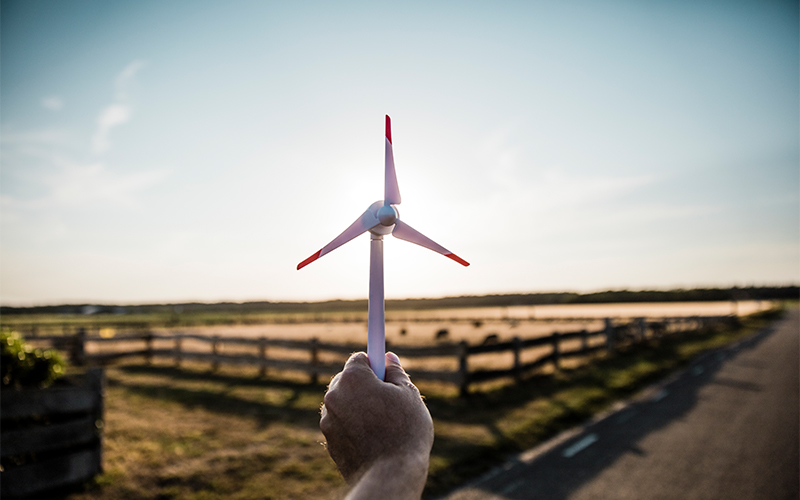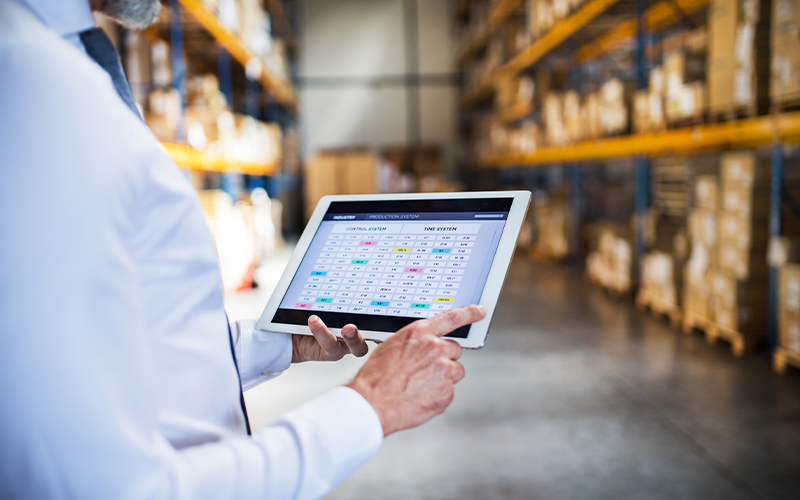Sourcing and Procurement
Circular economy as a fitting response to the global climate crisis
“Waste is not a waste, till you waste it.”
Eco-friendly business concepts such as circular economy, or cradle-to-cradle economy, have emerged as leading strategies for both industry leaders as well as governments and global organizations. Even though these concepts have existed for years, they have gained significant importance quite recently.
In the last few decades, we have observed an increase in the human population that has reached up to 8 billion. This has led to growing consumption and a rise in production needs, which has resulted in increased pressure on the earth's environment and its natural resources. Further, environmental issues such as global warming, high level of pollution, rise in ocean levels are often caused due to excessive human intervention into nature’s ecosystem.
The latest report published by Intergovernmental Panel on Climate Change (IPCC) warns that global warming of 2 ̊C level can further exceed in 21st Century, thereby causing a devastating impact on climate, as well as water resources for billions of people. Similarly, another report by IPCC mentioned the irreversible and catastrophic changes to climatic as well living conditions on earth, if emissions from CO2 and other greenhouse gases are not reduced in coming years.
Amidst, as the circular economy works at reducing waste, limiting pollution as well as ensuring the constant circulation of raw materials in the manufacturing process, global adoption of circular economy principles within the public and private sectors is emerging as an effective response.
In contrary to the linear take-make-dispose model, circular economy reduces the usage of raw materials and creates products with long-duration dates, which can be easily recycled in their end-of-life phase, thereby adding value to the business, as well as offering environmental benefits. Recently, the global growth opportunity for businesses was valued at nearly 5 trillion USD for next the decade. As a result, many global leaders are emphasizing implementing circular economy models in their factories and incorporating circular model principles into their business processes. For instance, one of the world-known manufacturers of outdoor clothing and footwear reused the rubber recycled from tires in footwear manufacturing. The success led to the implementation of new outdoor wear lines produced from other recycled materials like plastic bottles, scrap leather, or scrap wool. Continuing the initiative, the company plans to achieve 100% usage of circular products in its portfolio by 2030. Similarly, a multinational car producing company, pioneering in the circular economy, established the new “RE:factory”, the first circular economy based factory for vehicles in Europe.
Cradle-to-cradle as another response
The importance of circular economy and its business principles became strongly notable during the COVID era, which showed the weakness of globally structured economies and natural resources-based industries. The environmental requirements and economic crisis caused by the pandemic forced the governments and global organizations to focus more on implementing the concept of a circular economy.
Similar to a circular economy, another eco-friendly business concept that has gained popularity is “Cradle-to-Cradle”. While circular economy is about incorporating circular objectives into business strategies, Cradle-to-Cradle is more concentrated on designing the product in a certain way that generates no waste. It is often called “recycling through design”. Cradle-to-cradle (C2C) production framework is similar to the flow of materials in natural ecosystems, where materials are viewed as nutrients circulating in a healthy living organism. The main goal of this concept is to ensure sustainable business growth with a positive impact on 3 bottom lines – People, Profit, and Planet. In C2C philosophy, no materials are perceived as waste. In fact, with every product reaching its “end of life” phase, there starts a new manufacturing process to produce another product. For instance, utilizing a non-plastic t-shirt as biodegradable compost to feed bacteria and plants.
In C2C, while recycling starts in the design phase, the process necessarily needs to achieve specific standards in areas such as material utilization, materials health, usage of renewable energy, water Stewardship, carbon management, and social fairness. These standards are controlled by “Cradle to Cradle Products Innovation Institute”, which is created to support companies around the globe in achieving C2C goals and implementing new ecofriendly, certified products in various categories. Receiving a C2C certificate is not only prestigious but also brings new opportunities for cost-saving and revenue growth. For example, introducing C2C certified carpet that was free of PVC and phthalates, and are made up of 40% recycled materials, not only helped the world's largest carpet manufacturer cut manufacturing costs by more than half alongside limited water usage but also achieve total production savings of over $4 Mn for total production in the year 2012.
Understanding the relevance of circular economy in the current times, Infosys recycles waste into new products and applications and sustainable business, by utilizing its advanced technologies such as blockchain, big data, cloud computing and likewise. Additionally, Infosys has also partnered with Ellen MacArthur Foundation to offer global support to the new age response to the global environmental crisis.
The circular economy and the Cradle-to-Cradle model are extremely popular around the globe, especially in the post COVID era. Manufacturers, industry leaders, country governments across the world are investing their effort and money to transform their processes into circular concepts to achieve the required environmental goals and save the ecosystem, alongside ensuring sustainable growth of industries and businesses.






